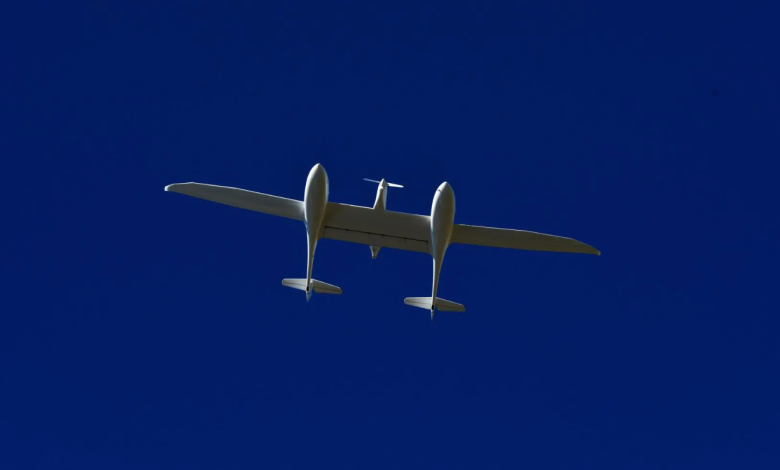The hydrogen-electric plane HY4 marks a new record

On board the aircraft were a hydrogen fuel cell system and a lithium battery pack
(Sustainabilityenvironment.com) – The German H2FLY, a spinoff of the DLR Institute of Engineering Thermodynamics, has reached a new world record in the aviation sector. Its four-seater HY4 became the first hydrogen-electric plane for passengers to reach an altitude of more than 2,200 meters. A milestone was marked last April 12 when the vehicle made the first flight from Stuttgart Airport to Friedrichshafen. A journey of about 123 kilometers allowed the aircraft to enter the Guinness Book of Records for more than one reason.
“This is a remarkable achievement for H2FLY, as no other hydrogen-powered passenger aircraft has flown between two commercial airports to date. We are also thrilled to have set what we believe to be a new world record by reaching an altitude of over 7,000 feet with our HY4 aircraft”, said Professor Josef Kallo, co-founder and CEO of the company. “We want to thank our long-time partners Stuttgart Airport, University of Ulm, DLR Stuttgart, Friedrichshafen Airport, and AERO Friedrichshafen, for supporting us in our mission to make sustainable travel a reality“.
The first flight of the hydrogen-electric plane
The first flight of the HY4 dates back to 2016, since then its characteristic dual fuselage design based on the Taurus G4 aircraft of Pipistrel, has entered the history.
However, while the G4 is a fully electric, the HY4 is a hybrid design. The propulsion apparatus consists of a hydrogen storage system, a low temperature fuel cell and a lithium-ion battery pack. And while the fuel cell provides power for flight, the battery covers the power peaks during takeoff.
Read also Welcome aboard Space Neptune, the first carbon-neutral spaceship
The plane boasts a cruising speed of about 145 km/h and a range of 1,500 km with a minimum payload and optimal flight conditions.
According to the company in a few years, hydrogen-electric plane will be able to carry 40 passengers over distances up to 2,000 kilometers.





